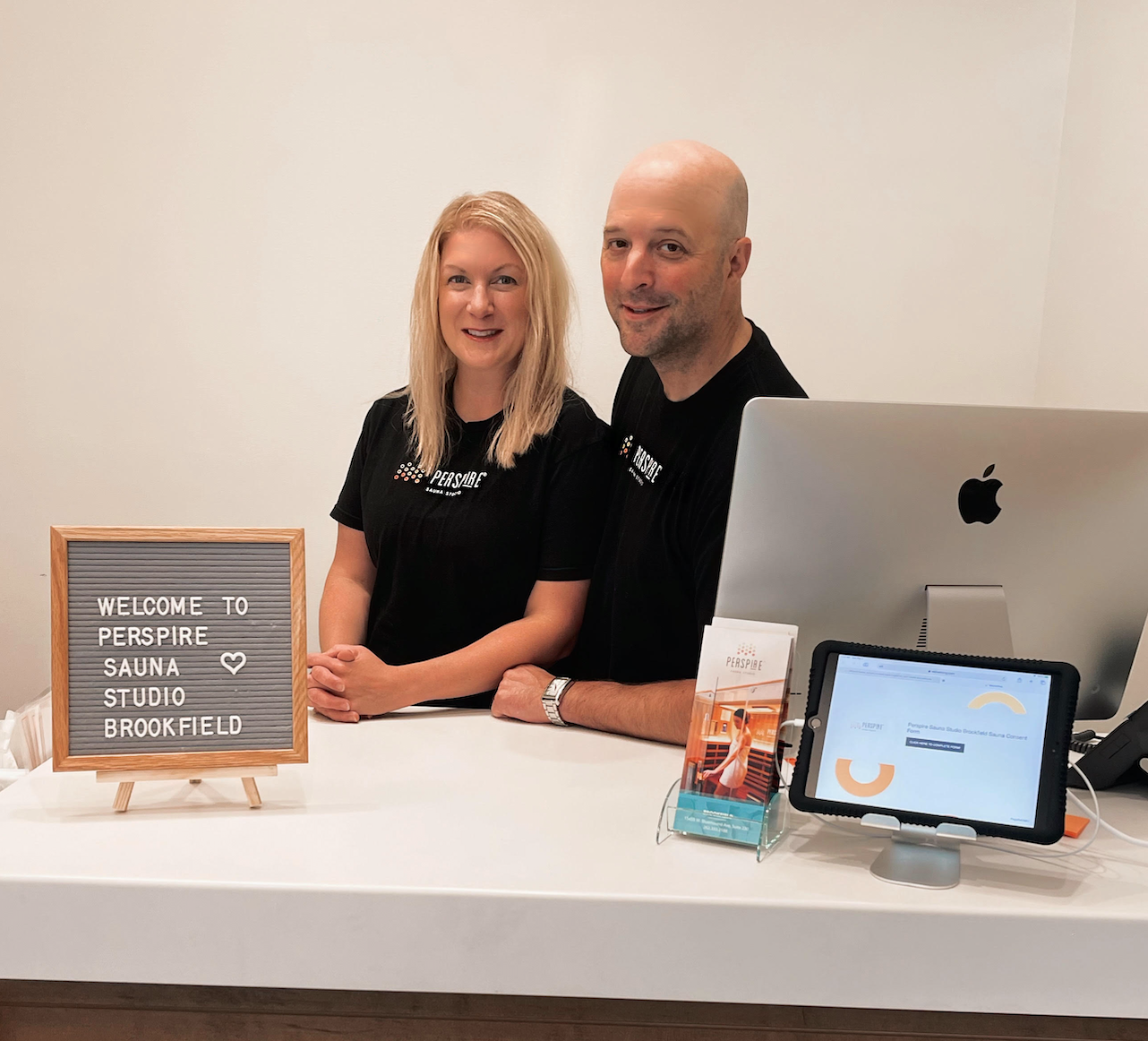Navigate quickly
Franchise Disclosure Document for Dummies – Part 2
In part two of this series on understanding the FDD, we turn to the fee and investment disclosures in Items 5, 6 and 7.
In broad strokes, in Items 5 and 6 of the Franchise Disclosure Document, franchises must disclose all fees to be paid to the franchisor and its affiliates, and in Item 7 they are required to provide accurate initial investment estimates for getting a franchised outlet off the ground. Beyond providing substantiation for building one's franchise business plan (which is, of course, critical), the Item 5, 6 and 7 disclosures can also provide important additional insight into the franchise system.
Item 5 – Initial Fees
Item 5 is where franchisors must disclose their “Initial Franchise Fee” and certain other related information. If the franchisor offers different “levels” or “packages”, each of the alternative initial fees has to be disclosed. If the amount of the Initial Franchise Fee is tied to the size of a franchisee’s territory, this must be disclosed as well. Any required pre-opening purchases from the franchisor or its affiliates must also be disclosed in Item 5.
Information that franchisors must disclose in Item 5 includes:
- The amount, range or formula for calculating the Initial Franchise Fee
- Whether any “application fees” will be credited toward the Initial Franchise Fee
- Whether full or partial refunds are available (for example, if the franchisee is unable to lease a suitable location within a specified time period)
- Whether the franchisor offers an installment plan (though the franchisor may opt to disclose this in Item 10)
If a franchisor does not offer refunds or installment terms (which is not unusual), it should include a “negative disclosure” to this effect in Item 5 (i.e. “We do not offer full or partial refunds under any circumstances.”).
Item 6 – Other Fees
Franchisors must disclose all fees and other amounts to be paid to the franchisor or its affiliates after the franchisee opens for business in Item 6.
Fees and other payments commonly charged by franchisors include:
- Royalty Fees
- Late Fees
- Renewal Fees
- Transfer Fees
- Audit Fees
Item 6 should clearly identify the amounts of or calculations for these fees. For fees calculated as a percentage of income, prospective franchisees need to know whether this is a percentage of gross or net; and, if it’s net, how “net” is defined.
Renewal and transfer fees will typically be stated as either a flat dollar amount or as a percentage of the franchisor’s “then-current” initial franchise fee.
Item 6 may also contain reference to “liquidated damages.” Liquidated damages provisions give the franchisor a right to collect a specified (and often substantial) amount of money from the franchisee in the event of for-cause termination, often regardless of the franchisee’s actual level of income. Liquidated damages provisions are complex legal instruments, and they need to be carefully considered by both franchisees and franchisors.
Item 7 – Estimated Initial Investment
In Item 7, franchisors are required to provide estimates for the franchisee’s entire initial investment to get their new business up and running. Franchisors should use the experience of their company-owned stores and existing franchisees to craft complete and accurate estimates for Item 7. However, regardless of the level of effort the franchisor has put into Item 7, prospective franchisees should still take the time and effort to get quotes and prepare their own estimates and business plan.
The costs identified in Item 7 will vary depending on the nature of the franchised business, but they generally will include the following:
Common Initial Investment Costs for New Franchisees
- Initial Franchise Fee
- Rent and Security Deposit
- Computer Equipment and Software
- Inventory
- Grand Opening Advertising
Item 7 must also include an estimate for “Additional Funds” for the first 3 months of operations. This estimate should be fully explained in a footnote to the initial investment chart, and depending on how the franchisor interprets this disclosure, it can include (or exclude) a wide variety of costs and expenses. However, prospective franchisees should note that the “Additional Funds” estimate typically does not account for the owner’s own salary or draw.
Prospective franchisees can use the information in Items 5, 6 and 7 to help gauge the financial aspects of the franchise system both from their own perspective and from the perspective of the franchisor. These Items also are often central to comparative analyses with other franchise offerings. When developing these disclosures—and the Item 7 Initial Investment Estimate in particular—franchisors should be careful to rely on actual data and calculations, and not merely pull estimates and figures out of thin air.
Next week’s installment, Franchise Disclosure Document for Dummies - Part 3, will focus on Items 8 and 11 of the FDD, which cover purchasing and operations obligations for franchisees, and support obligations for the franchisor.
---
Jeff Fabian is the owner of Fabian, LLC, a boutique intellectual property and business law firm serving new and established franchisors and prospective franchisees. Contact the firm directly at 410.908.0883 or jeff@fabianlegal.com. You can also follow Jeff on Twitter @jsfabian.
This article is provided for informational purposes only, and does not constitute legal advice. Always consult an attorney before taking any action that may affect your legal rights or liabilities.
Ultimate franchising guide
All you need to know as a first time franchisee: Step by step guidance from experienced franchise professionals.
















